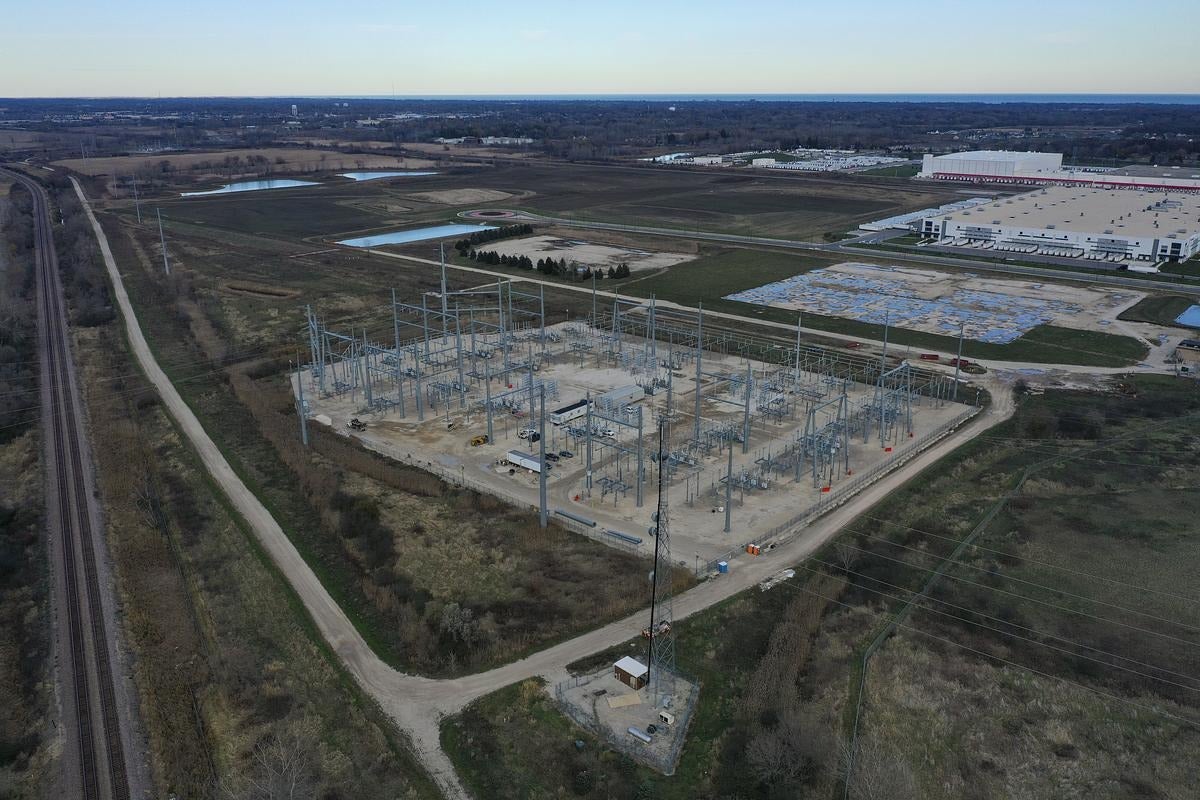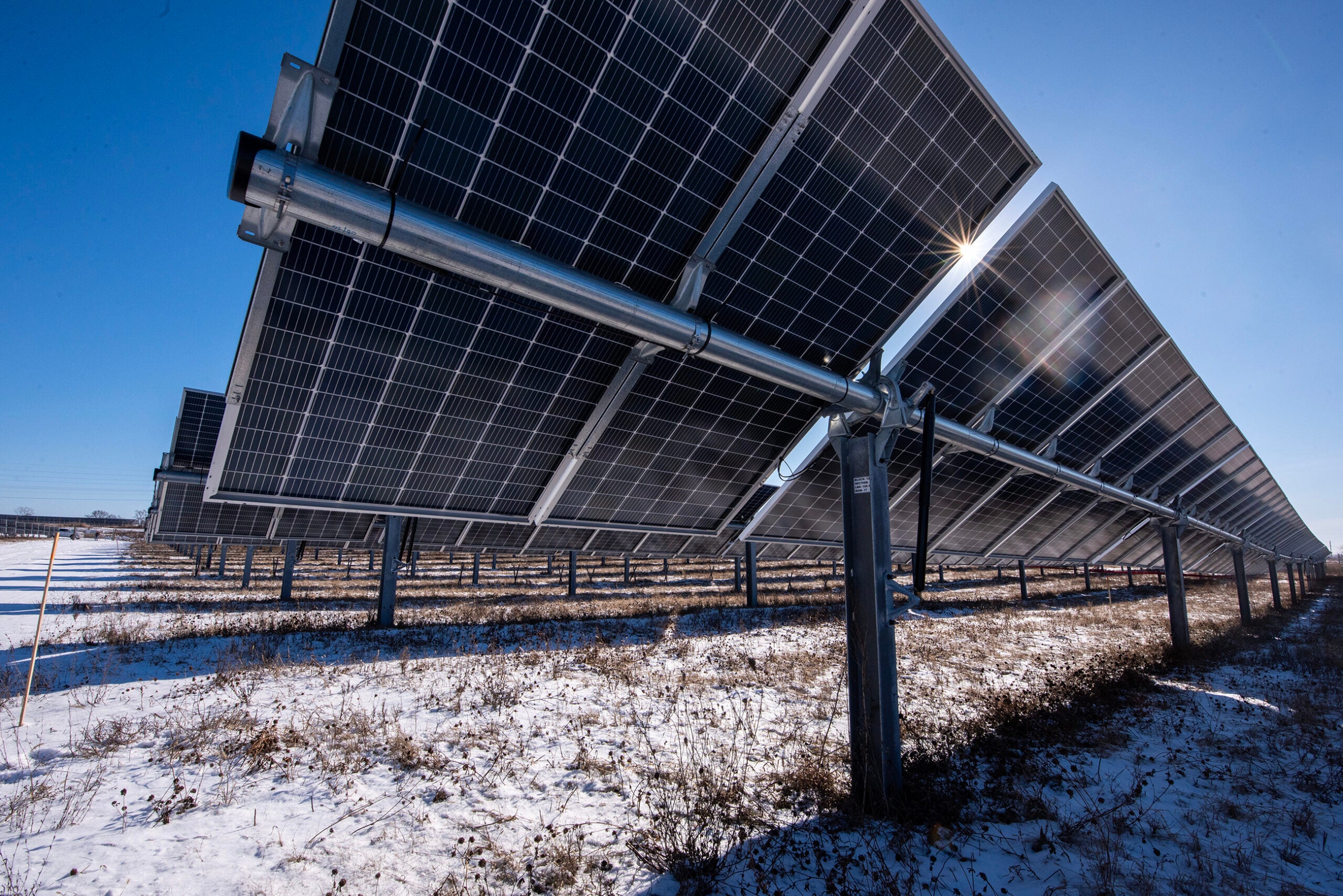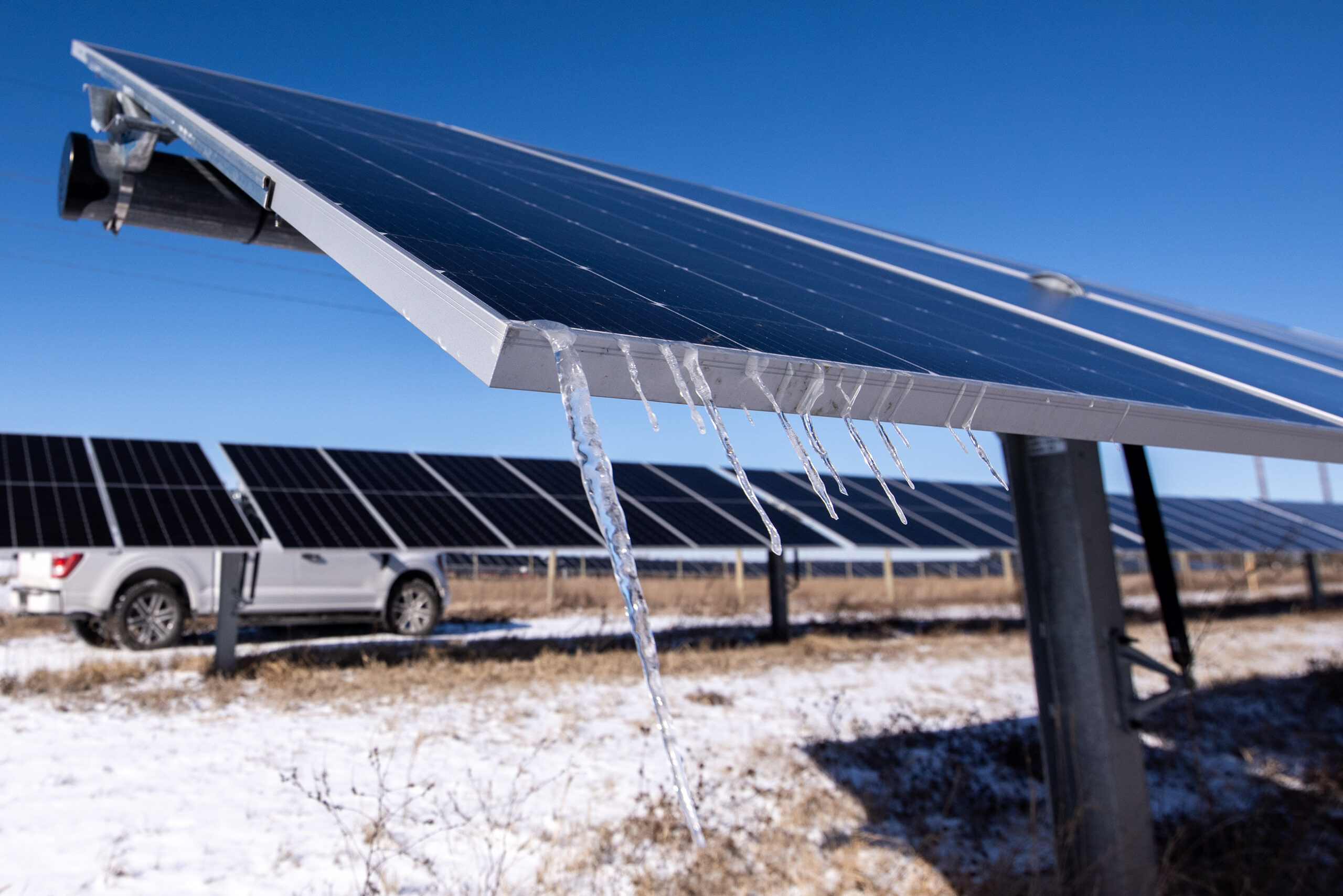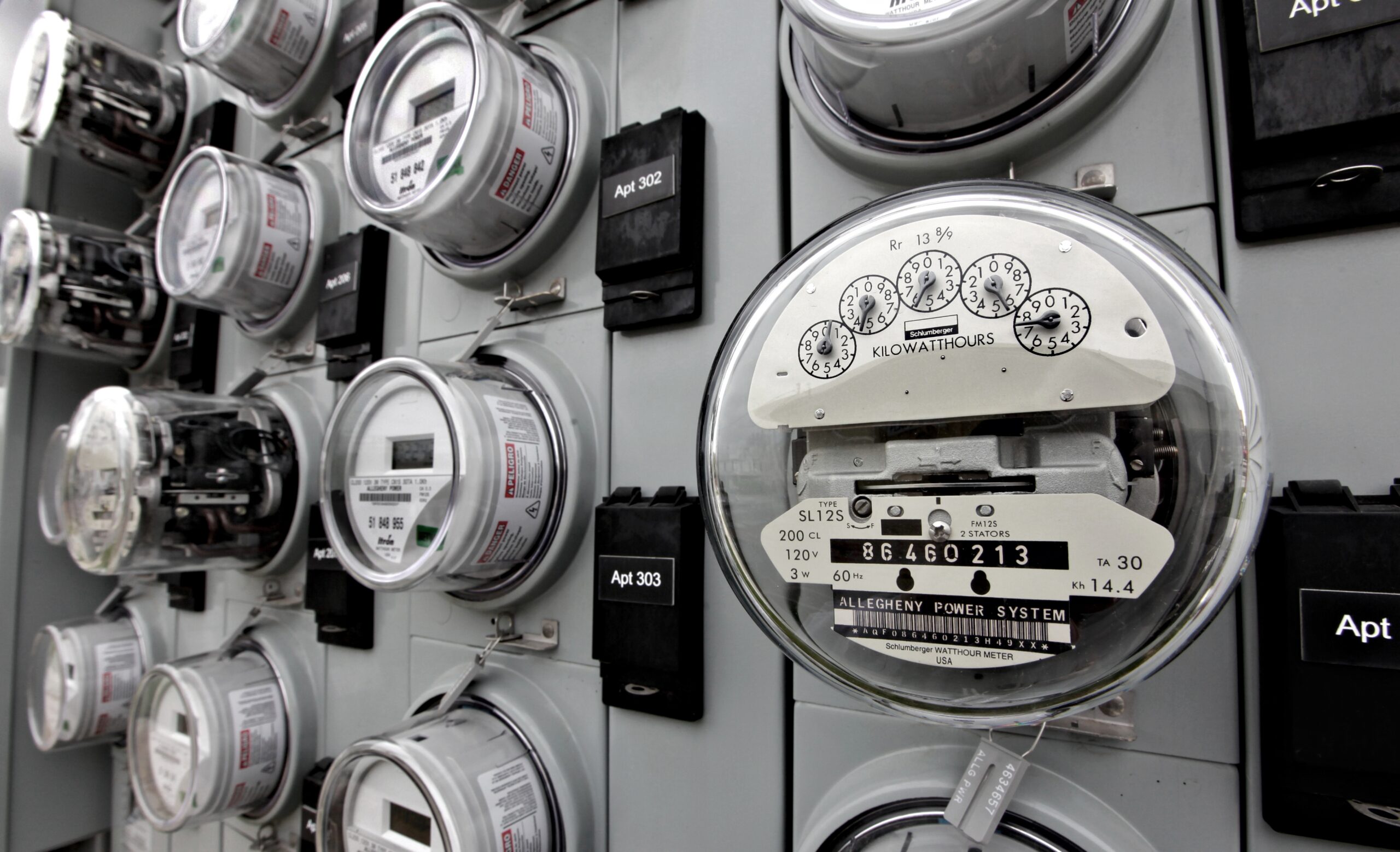A first of its kind energy storage system coming to Wisconsin took a step forward this month, almost a year after the project was announced.
Alliant Energy filed an application with the state Public Service Commission on Aug. 7 to build a long-duration energy storage system in Columbia County. It would be the first project of its kind in North America.
If approved by regulators, Alliant would begin construction next year with the goal of bringing the storage facility online in 2027, according to its PSC filing. The project is receiving $30.7 million in federal grant funding from the U.S. Department of Energy.
News with a little more humanity
WPR’s “Wisconsin Today” newsletter keeps you connected to the state you love without feeling overwhelmed. No paywall. No agenda. No corporate filter.
The Columbia Energy Storage Project would store excess energy from the electric grid by converting carbon dioxide gas into a compressed liquid form and then converting that liquid back into a gas, powering a turbine to generate electricity, according to the Department of Energy. The gas will be stored in what officials call an “energy dome.”
An Italian company named Energy Dome has already worked on the technology in a smaller-scale demonstration site in Sardinia, Italy.
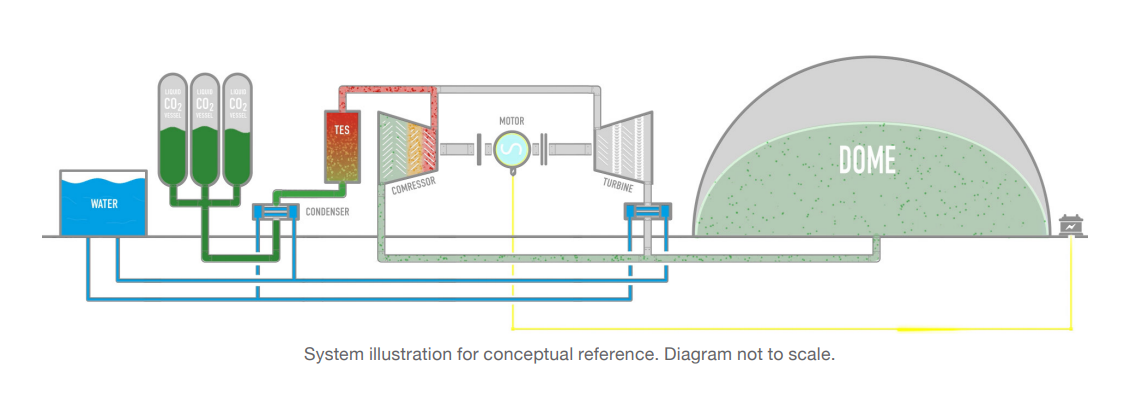
Alliant estimates the project will store enough electricity to power roughly 18,000 Wisconsin homes for 10 hours on a single charge. Tony Palese, a spokesperson for the utility, said Alliant will work with a supplier that will provide the initial CO2 for the energy dome.
“Once that CO2 supply is fully filled in the dome, we’ll be able to cycle that back and forth,” he said. “It’s a closed loop system, so (it’s) very efficient and a good source of power.”
To prevent carbon from leaking into the atmosphere, the dome itself will have a “double layer membrane,” as well as use on-site sensors and off-site monitoring to respond to potential anomalies, he said.
Palese also said part of what contributed to the time between the project’s announcement and the application to regulators was working with the Department of Energy’s Office of Clean Energy Demonstrations to finalize the terms of the grant award contract.
The contract was finalized last month. Palese said the federal support allowed Alliant to do the project at a larger scale to allow for more research and development opportunities.
“This was always something that we had wanted to pursue,” he said. “The funding really supercharged that effort, and I think will add a lot of value for our customers in the community as well.”
The project will create new construction jobs, as well as ongoing operations and maintenance positions when the system comes online, according to the utility. Palese couldn’t provide estimates on the total number of jobs, but said Alliant will work with Wisconsin trade unions and use parts made by state manufacturers.
Columbia County is currently home to a coal-fired power plant owned and operated by Alliant Energy, with partial co-ownership from WEC Energy Group — parent company of Wisconsin Public Service and We Energies — and Madison Gas and Electric.
That plant is slated to come offline by mid-2026. WEC and Madison Gas and Electric are partnering with Alliant on the energy dome project, as well.
The application to the PSC says siting the energy dome near the Columbia Energy Center allows the utilities to leverage transmission infrastructure already at the site, while reducing environmental impacts.
“The pending coal unit retirement potentially allows the Applicants’ customers to benefit from bonus tax credits under the Inflation Reduction Act for energy communities, depending on the timing of the retirement,” the application reads.

Beyond partnerships between the utilities, Alliant is also working with the University of Wisconsin-Madison, Madison College, Shell Global Solutions U.S. and the Electric Power Research Institute.
Oliver Schmitz is a professor in nuclear engineering and engineering physics at UW-Madison and director of the university’s Clean Energy Community Initiative. He said the Clean Energy Community Initiative helped Alliant craft its proposal for federal funding, and is providing support to the community benefits portion of the plan.
Schmitz described the energy dome project as a “lighthouse project,” acting as a model for similar projects across the country, that can also provide opportunities for workforce development in clean energy.
“If we get new technologies and lighthouse projects like this one into the state, we think we can exemplify to community stakeholders what great opportunities are there out in this space,” he said. “We want to develop curricular coursework that can bring people into this space and offer them real job opportunities, not only in the technology that was selected here … but also in clean energy in general.”
Wisconsin Public Radio, © Copyright 2025, Board of Regents of the University of Wisconsin System and Wisconsin Educational Communications Board.



